Newsmaker of the Year: Joanne Crevoiserat
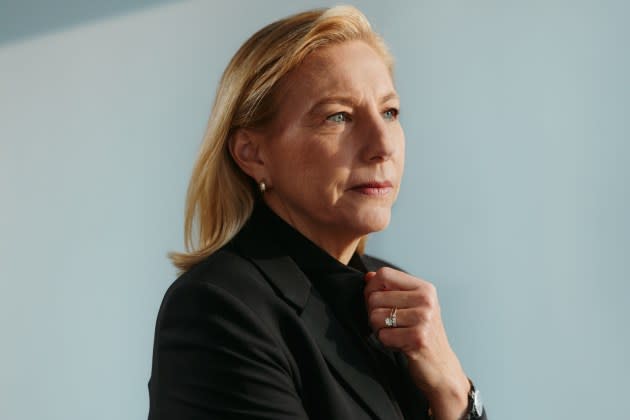
For years, fashion has been abuzz about the potential for a Seventh Avenue mega merger — but no one was ever able to corral more than a few brands together to make a larger, cohesive group.
That is, until Joanne Crevoiserat made her move, upsetting a long-held status quo among the big American brands and putting her imprint on the industry.
More from WWD
As chief executive officer of Tapestry Inc., which owns Coach, Kate Spade and Stuart Weitzman, Crevoiserat already oversaw one of the industry’s powerhouses.
But by cutting a deal to buy Capri Holdings with an enterprise value of $8.5 billion, Crevoiserat is set to forge a fashion giant that also includes Michael Kors, Versace and Jimmy Choo and rakes in more than $12 billion in annual sales. Suddenly what was already a big group became a mega one.
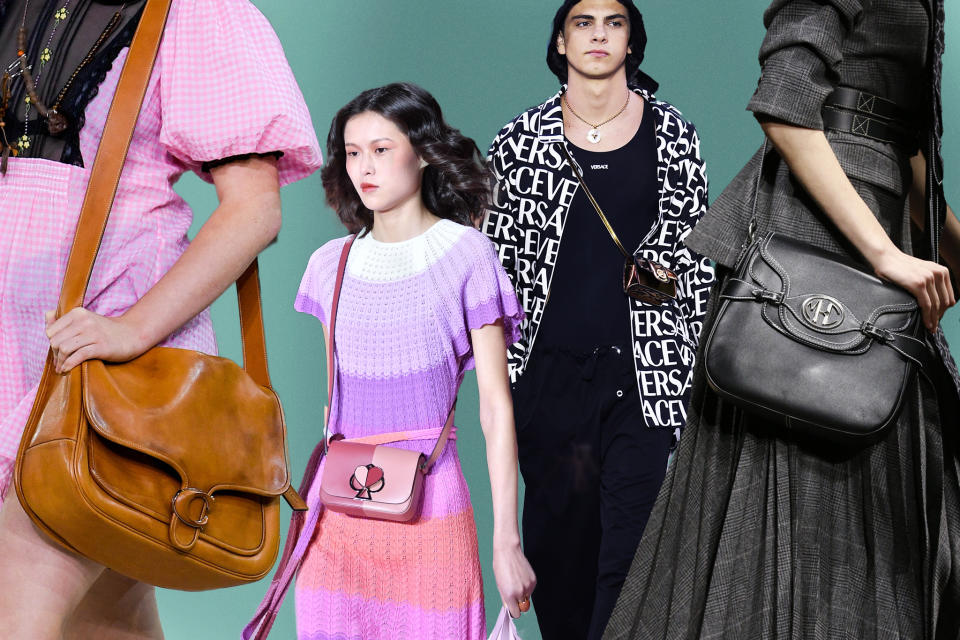
The deal caught many off guard — and early on in the process that included some at Tapestry, who had just weathered the pandemic and its messy aftermath and weren’t necessarily rushing toward the next big challenge.
“I said, ‘We’re running at a fast pace,’” Crevoiserat told WWD. “‘We have to get used to this pace. This is the pace of the world… People were like, ‘Oh really? We’ve been working so hard.’ I was very unpopular. It was a leadership meeting and they’re like, ‘Really? We just want a break.’ And there is no break.”
If the necessity of a relentless push into the future — even after a global meltdown — rings true, it can also sound be utterly exhausting.
But to Crevoiserat, it’s clearly invigorating.
“That’s the beautiful thing about our business,” she said. “I’ve heard it referred to as the infinite game. There is no finish line. We just get up every day and we play the game. We get a scorecard from our consumers every day. What’s kept me in this business for so long, it’s an adrenaline rush every day.
“You compete every day and just the pace of where the consumer’s going is moving fast,” she said. “So when you have a mindset that the pace is not going to slow down … and you start to really embrace the changes in the ways of working, you can then start to enjoy the pace.
“But you have to have the mindset that this is the pace,” she said.
It’s an ethos that Crevoiserat lives — at work, at least. “My marathon strategy is quite different,” said the CEO, who is also a runner. “It’s to start slow and then taper off from there. That’s not what I aspire to for our business.”
Crevoiserat’s business aspirations are much bigger.
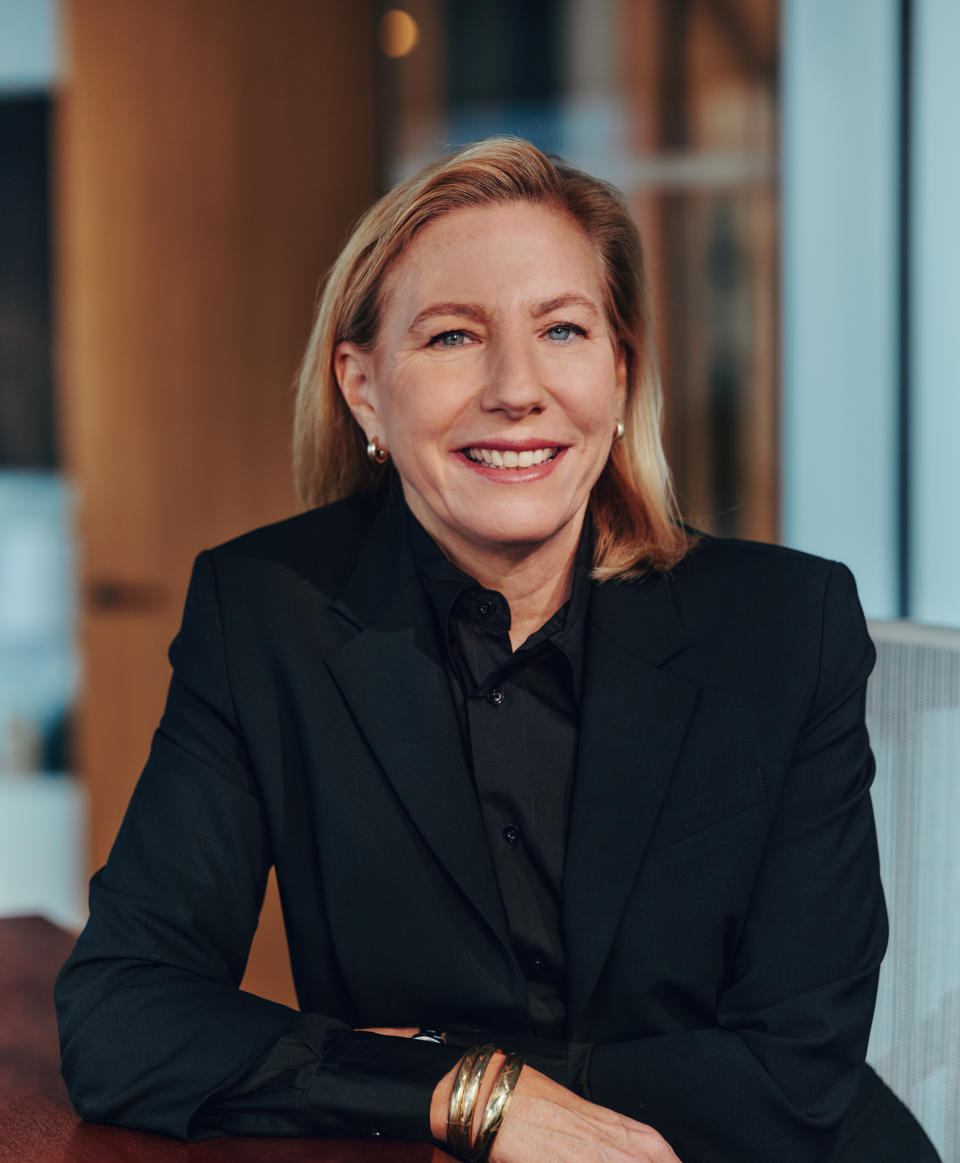
But while dealmaking can sometimes be led by a certain animal instinct — with puffed-up CEOs chasing one particular deal for years or looking to top this or that competitor — Crevoiserat goes for a thoughtful process.
“When a consumer can buy anything they want, anywhere they want, any time they want, brands matter,” Crevoiserat said. “We’re a global business and we have truly iconic brands that matter to consumers. They have a space in the consumer’s mind. We have an opportunity then to make this business bigger and make these brands even more relevant.
“The acquisition, although not a passion project of mine, is so attractive,” she said. “And I’m thrilled to have these brands because they are truly iconic brands. They’re huge brands in the minds of the consumers. And we have an opportunity to continue to bring innovation, modern relevance, to connect them with consumers in a more relevant way with our platform. I mean, that’s really exciting for me.”
Exciting for Crevoiserat on the inside, surprising to many in the market on the outside.
The economy today is about as good as fashion could have hoped for coming into 2023, with interest rates high enough to bring down inflation, but not high enough to put a serious dent in employment.
Things were murkier earlier this year when on March 20 Crevoisarat first reached out to Capri CEO John Idol. At that time, a kind of post-pandemic whiplash recession was still seen as a real and present danger.
Idol, who had warned already of weakness at Capri and had just logged a quarter that was “more challenging than we anticipated,” waited 10 days for Crevoiserat to reach out again before the dealmaking dance started.
Few recognized the pressure building in the tectonic plates under fashion — but a big change was coming.
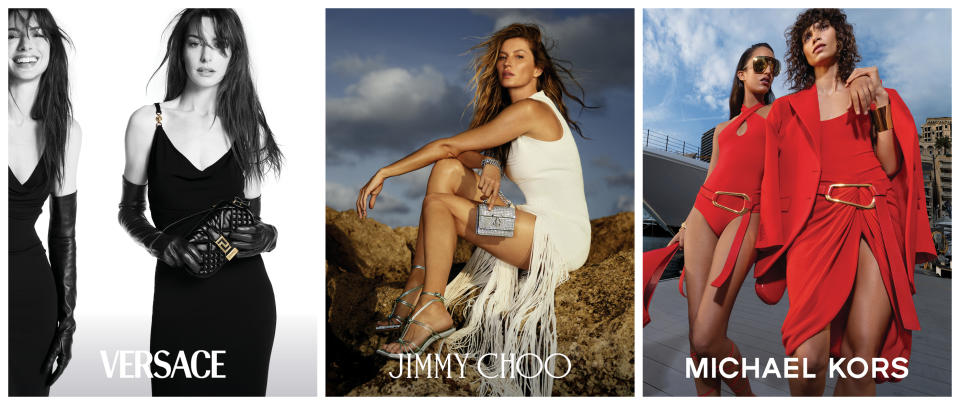
To Crevoiserat, the combination is just a natural fit.
“It has been a little surprising to me, the level of surprise and reaction to our announcement,” she said. “We think long-term about our business and how we’re operating and the capabilities we’re building. We’ve been focused on how to meet the consumer in a very dynamic and ever-changing environment. And we’ve been successful at what we’re doing. And frankly, every brand is trying to do what we’re doing.”
Last year, Tapestry pushed net profits up 9.3 percent to $936 million on sales of $6.7 billion, while returning $1 billion to shareholders and raising its dividend by 17 percent. By contrast, Capri’s net profits fell 25.1 percent to $616 million on revenues of $5.6 billion.
Big acquisitions are risky and sometimes a sign that a company is running out of growth ideas and looking instead to buy market share from a competitor to expand, taking out some of the cost base in the process.
But Crevoiserat said the move to acquire Capri, which is expected to close next year, speaks to something else.
“The deal is a reflection of the strength of our business and the strong execution of our teams over the last few years,” Crevoiserat said. “It’s wasn’t a decision we made one day, deciding to get bigger. This was really a methodical transformation of our business that started with our acceleration program.”
In short, the CEO sees Tapestry as strong, growing stronger and ready to apply its playbook to other brands and grow stronger still by getting bigger.
Tapestry plus Capri is a bid for scale.
“We play in a very compelling market,” she said, referring to the $200 billion global market for luxury handbags, accessories, footwear and apparel. “It’s a market that’s growing. It’s fragmented and it’s an opportunity for us to own truly iconic brands, put them on what we’ve been calling a modern consumer engagement platform.
“There’s a lot of noise in the market … there are really large-scale players that are tremendously powerful in the market that we are competing with,” she said, without naming names, although everyone in the industry knows who they are. “The power of this combination is that we can scale capabilities and we can scale things like logistics. It’s not really about cutting costs, it’s about leveraging a platform across more brands…
“There’s a lot of opportunity to leverage scale to deliver more value, to be able to measure your marketing, know how and where to spend, to be able to leverage data, to understand allocation algorithms, harnessing AI, using generative AI in our digital platform. All of that is scalable to more brands,” she said.
There will be some integration — a little more for Michael Kors, which has a natural resonance with Coach, and a little less for Versace and Jimmy Choo. Annual cost savings are expected to hit $200 million within three years.
But the idea is to take the data-savvy Tapestry approach and use it to unlock the Capri brands while throwing the company’s weight around to, for instance, negotiate better deals with landlords and shipping companies.
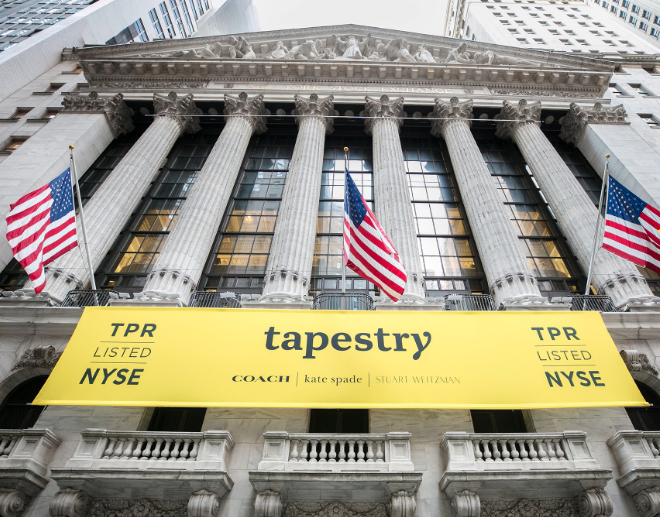
Tapestry has also been mindful of its financial positioning going into the deal.
“We did a lot of work with the board and we had a bright line on investment grade [credit] rating,” Crevoiserat said. “We’re in a business that’s cyclical, can be volatile, and having investment grade rating and having access to credit markets is important to us and to our business. So that was something we stared at. We actually did a lot of homework. We did brand studies, we did a lot of modeling work on downside scenarios. We had what we call the red team, just taking the opposite of what could go wrong.
“We actually had some board members involved with the red team exercise as well,” she said. “And I have a finance background. I have a healthy respect for what could go wrong and understanding what the risks are.”
Crevoiserat, who had been an understated figure in fashion for years, rose up the ranks through a series of finance jobs at May Co., Walmart Inc., Kohl’s Corp. and Abercrombie & Fitch before becoming chief financial officer of Tapestry in 2019.
Then in a kind of battlefield promotion, she was named interim CEO following the sudden and bizarre departure of Jide Zeitlin in 2020. The post became permanent in the midst of the pandemic, making Crevoiserat one of the very few women leading a major publicly traded fashion company.
But she doesn’t think of her post in those terms.
“I think I’m operating as a CEO,” Crevoiserat said. “I don’t pay attention to gender. We’re all facing unprecedented challenges and the world is changing fast and the needs of the business, the needs of our teams are different today than they were 10, 15 years ago.”

Even so, when asked what CEO skill served her best this year, Crevoiserat came up with an answer that is relatively unlikely to come from many of her counterparts — empathy.
“One thing that I’ve brought to this organization, and that has served me really well, is the opportunity to listen, to lead with empathy and empower our teams,” Crevoiserat said. “This idea of empathy and empowerment I think are both quite powerful.”
Crevoiserat sees both the potential in big corporate mergers and brands — and the people who are vital to making both work.
“I call people potential energy and it’s our job to make it kinetic energy,” Crevoiserat said. “What we’ve been able to do over the last four years is harness the power of our 18,000 people. And we are pushing decision-making down. We’re bringing innovation in from everywhere.
“Once we have the opportunity to harness 33,000 people, the power of that is going to be compelling,” she said.
And if Crevoiserat — and Tapestry — succeed, that just might lead to lasting change in the industry.
Best of WWD


